
This issue of The Paper | Art Review highlights the portraits currently on view: American painter Sargent masterfully uses highlights to create a finishing touch, while 17th-century French painter Latour warms the heart with candlelight, and Angelico's meticulousness and elegance are breathtaking. Viewers can compare these with portraits from the Chinese Song Dynasty to appreciate the differences between Chinese and Western art.
Sargent - Paris Years (1874-1884)
Exhibition period: September 23, 2025 - January 11, 2026
Location: Musee d'Orsay, France

This is the first exhibition of Sargent's work in France. Covering a crucial decade of his career, the exhibition traces his apprenticeship with Carolus-Duran, his early successes, and the influence of the Parisian art world. Key works include "Dr. Pozzi at Home" (1881) and "The Daughters of Edward Darley Boit" (1882). These portraits brilliantly capture the diverse social landscape of a constantly evolving cosmopolitan city, demonstrating why Sargent is often compared to masters like Velázquez.
The exhibition features over 90 works by Sargent, some of which have never been exhibited in France. A key focus will be Sargent's iconic Madame X, which caused a sensation at the 1884 Paris Salon. Through his meticulous portrayal of the model, Sargent captures the splendor and sophistication of the upper class of the time.
Georges de Latour: Between Light and Shadow
Exhibition period: September 11, 2025 - January 25, 2026
Location: Jacquemart-André Museum, Paris
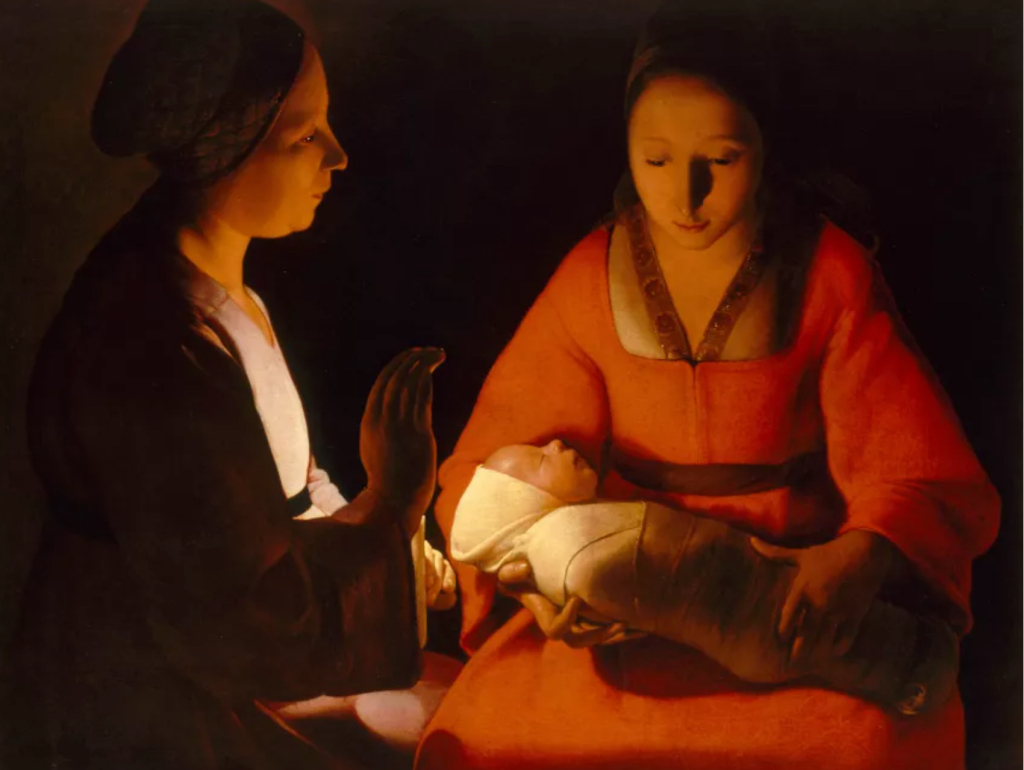
This exhibition, the first major Latour commemorative exhibition in France since the 1997 Grand Palais exhibition in Paris, is undoubtedly a rare learning opportunity for art lovers. Of the approximately 40 extant works by the artist, 23 are on display, exploring how he transformed everyday life into spiritual experiences through candlelit night scenes and his unique compositional style.
He excelled in painting religious themes, but his figures were often kept simple. In his paintings, figures often shield the candlelight with their hands or bodies, allowing light to penetrate through the gaps and softly illuminate them. This light precisely cuts through light and shadow, sculpting faces and figures with a sense of three-dimensionality. The contrast of light and dark is a defining characteristic of his work.
Fra Angelico
Exhibition period: September 26, 2025 to January 25, 2026
Location: Tour of Palazzo Strozzi and Museo di San Marco
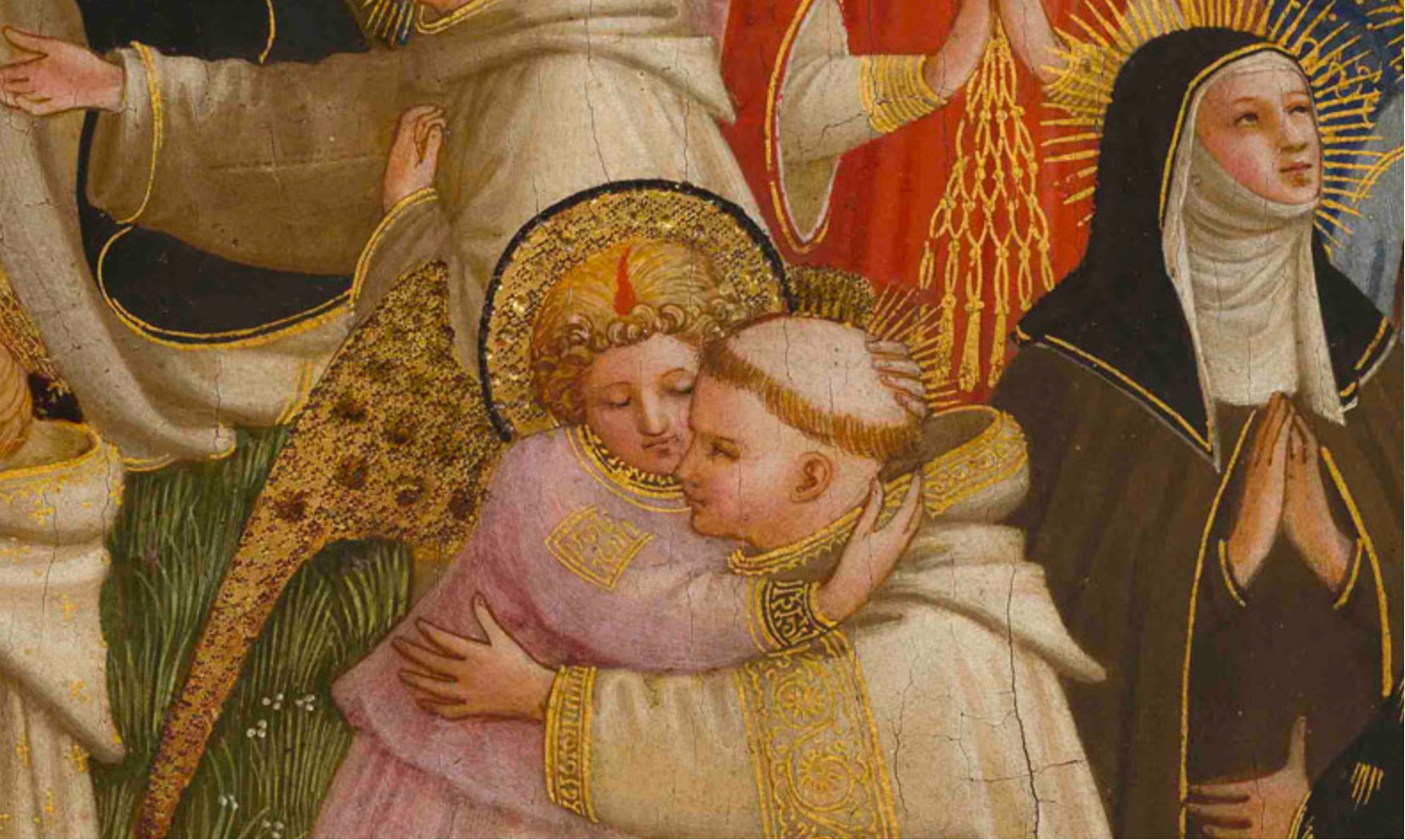
Fra Angelico is one of the most iconic and beloved painters of the Early Renaissance. He is renowned for his devout religious beliefs, graceful painting style, and groundbreaking Renaissance techniques.
The exhibition aims to celebrate this 15th-century founder of Florentine Renaissance art by exploring the creation, development and influence of Angelico's work, and his dialogue with painters such as Masaccio and Filippo Lippi.
His paintings are renowned for their mastery of perspective, light, and the relationship of figures to space. This exhibition offers a unique opportunity to explore the connection between this monk-painter's extraordinary artistic vision and profound religious feeling. Bringing together over 140 works from both locations, the exhibition includes paintings, drawings, sculptures, and miniatures from renowned museums such as the Louvre in Paris, the Galerie Berlin, the Metropolitan Museum of Art in New York, the National Gallery of Art in Washington, D.C., the Vatican Museums, and the Rijksmuseum in Amsterdam, as well as from churches and local institutions.
Edwardian Era: The Age of Elegance
Exhibition period: April 11 - November 23, 2025
Location: King's Gallery, London
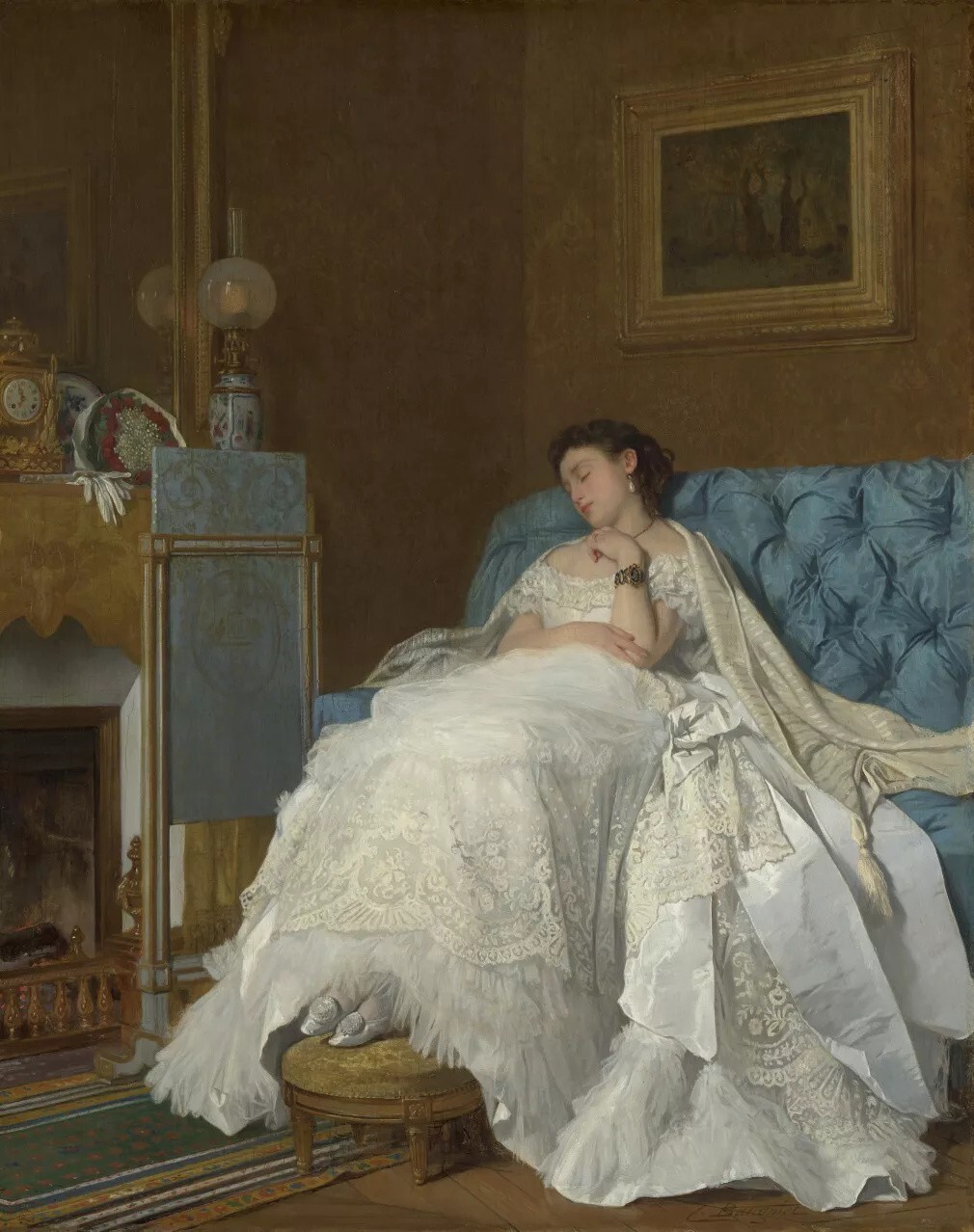
The Edwardian era is considered the Golden Age of the British Empire. It refers to the reign of King Edward VII from 1901 to 1910. This era is often extended to the outbreak of World War I in 1914, as it brought an end to the optimism, extravagance, and social structure of that era. For the upper class, it was a time of extreme luxury and a focus on etiquette. Opulent clothing was a hallmark of this era.
It was also an era of transition, marking the transition from the strict conservatism of the Victorian era to modern society.
Explore the extravagance and glamour of the Edwardian era through the lives and tastes of two of Britain's most fashionable royal couples: King Edward VII and Queen Alexandra, and King George V and Queen Mary. Gain insight into their glamorous social circles and royal engagements through over 300 objects from the Royal Collection. Nearly half of the exhibits are on display for the first time.
Enlighten Childhood
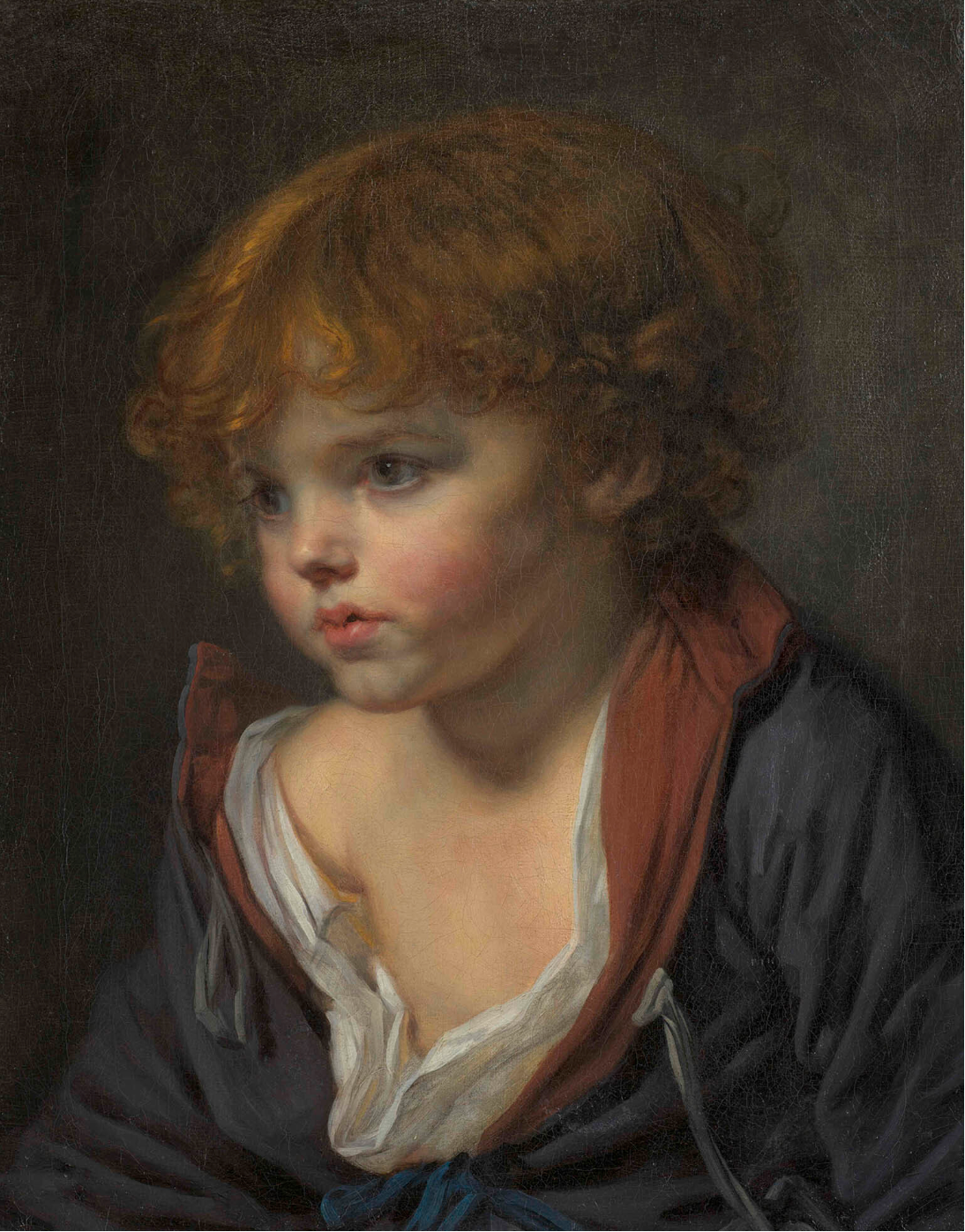
Exhibition period: September 16, 2025 - January 25, 2026
Location: Petit Palais, Paris
Jean-Baptiste Greuze was one of the most important and groundbreaking artists of 18th-century France. In an era dominated by depictions of court life and mythology, he focused on everyday life, excelling in portraits and genre paintings. Childhood was a central theme in his paintings. His young protagonists, sometimes dreamy, sometimes mischievous, sometimes melancholic, convey his reflections and questions on topics such as education, innocence, growth, and social responsibility.
Back and forth: Roussel, Titian, Cézanne
Exhibition period: April 26, 2025 - April 25, 2026
Location: National Gallery of Art, Washington, D.C.
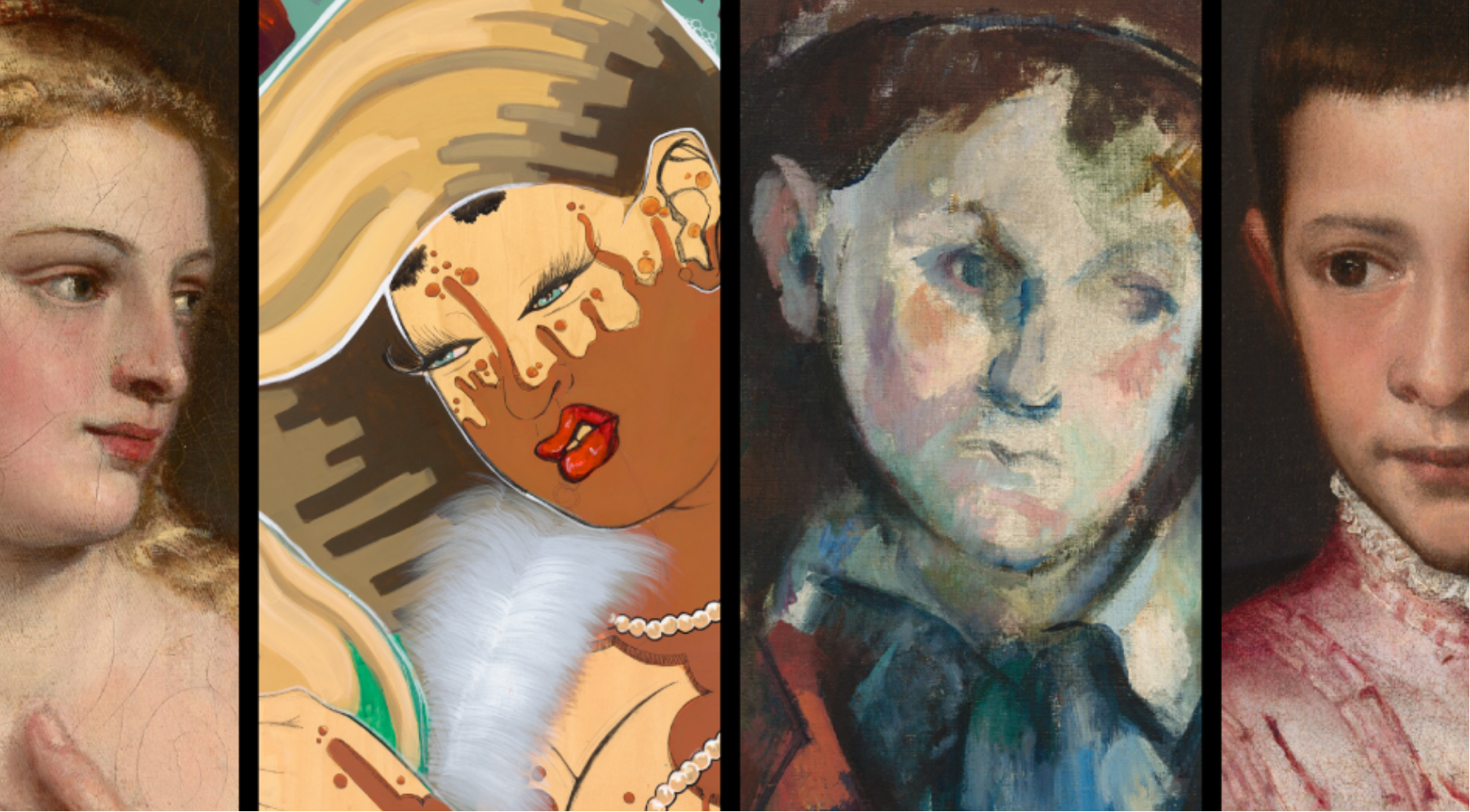
Spanning six centuries and different cultures, the four paintings reveal how artists engaged with and became part of art history.
When contemporary artist Rozeal began painting "Afro.died, T." in her studio outside Washington, D.C., in 2011, she wasn't thinking of Titian's "Mirror Venus." Nor did Paul Cézanne have Titian's "Ranuccio Farnese" in mind when he created "Boy in a Red Vest" in 19th-century France. Yet, these works bear a striking visual resemblance to Titian's 16th-century painting. This exhibition seeks to illuminate the unexpected connections between these four works and invites viewers to see them in new ways.
Buddhist Paintings of the Song and Yuan Dynasties: Buddhas Journeying to Japan
Exhibition period: September 20 - November 16, 2025
Location: Kyoto National Museum, Japan
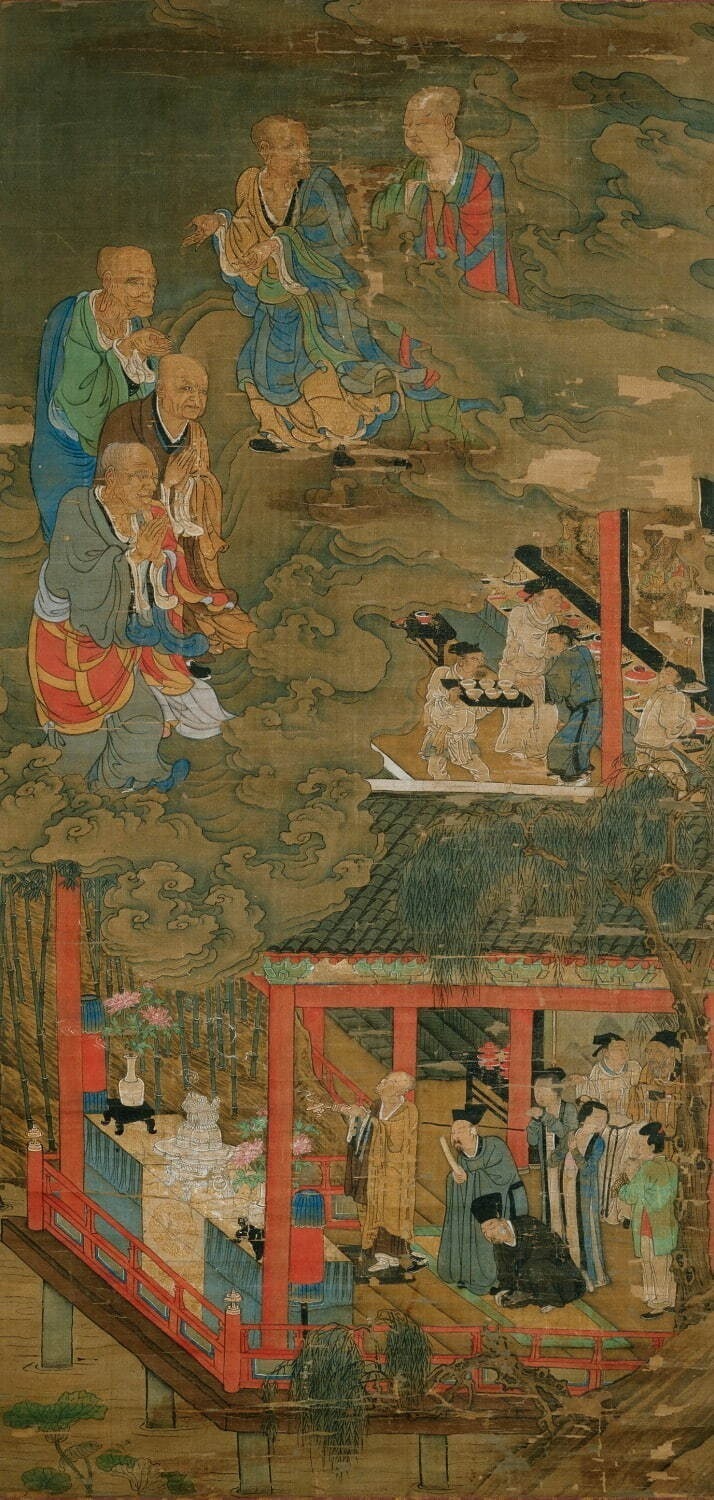
"Song and Yuan Buddhist paintings" primarily refer to Buddhist paintings produced during the Song and Yuan dynasties in China (roughly the 10th to 14th centuries). Japan has long revered Buddhism, and a large number of Buddhist artworks were brought back from China by sea. These Song and Yuan Buddhist paintings were primarily introduced to Japan between the late Heian and Kamakura periods. Not only were they enshrined and admired in temples, they also became important models for Japanese artists, profoundly influencing Japanese culture.
This exhibition is the largest-ever themed exhibition of Song and Yuan Dynasty Buddhist paintings in Japan. Focusing on works inherited from Kyoto temples, it brings together over 100 paintings from these periods, held in Japan's most prestigious collections. Combining relevant works with historical documents, it comprehensively showcases the development, diverse perspectives, and later influences of Song and Yuan Buddhist painting, allowing viewers to deeply appreciate the remarkable charm of these works. Many of the exhibits are designated Important Cultural Properties, and most are housed in major Kyoto temples. Key exhibits include "The Peacock King," "The Three Figures of Amitabha," "The Five Hundred Arhats," and "Avalokitesvara with Monkeys and Cranes."
"Surrealism of the 1960s" Special Exhibition
Exhibition period: September 24, 2025 - February 1, 2026
Location: Whitney Museum of American Art, New York
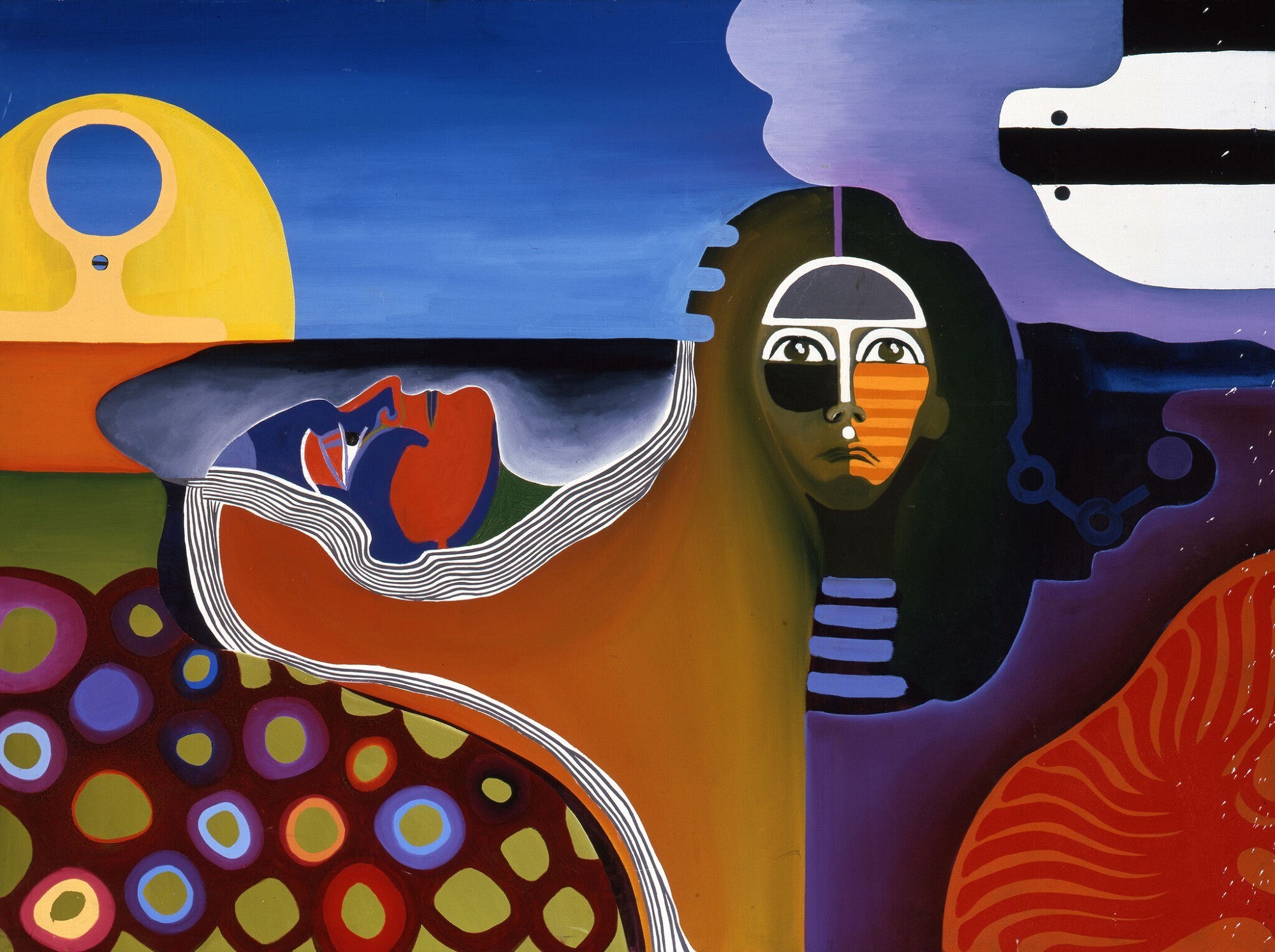
The exhibition will explore how artists used Surrealist techniques to respond to reality during the dramatic social changes of the 1960s in the United States. Focusing on American art from 1958 to 1972, the exhibition attempts to interpret the creative trends of the time, which were dominated by sexual psychology, fantasy, and revolutionary tendencies.
The exhibition, featuring works by over 100 artists, examines one of the era's most fundamental and underappreciated aesthetic trends, encompassing a flourishing of fantastical and revolutionary tendencies. In the 1960s, many artists sought new strategies to connect art with real life, which seemed increasingly unreal due to the rapid postwar transformations and the social, political, and technological upheavals of the decade's later years.
From Max Ernst to Dorothea Tanning: The Surrealist Network
Exhibition period: September 26, 2025 - January 25, 2026
Location: National Museum of Berlin, Germany
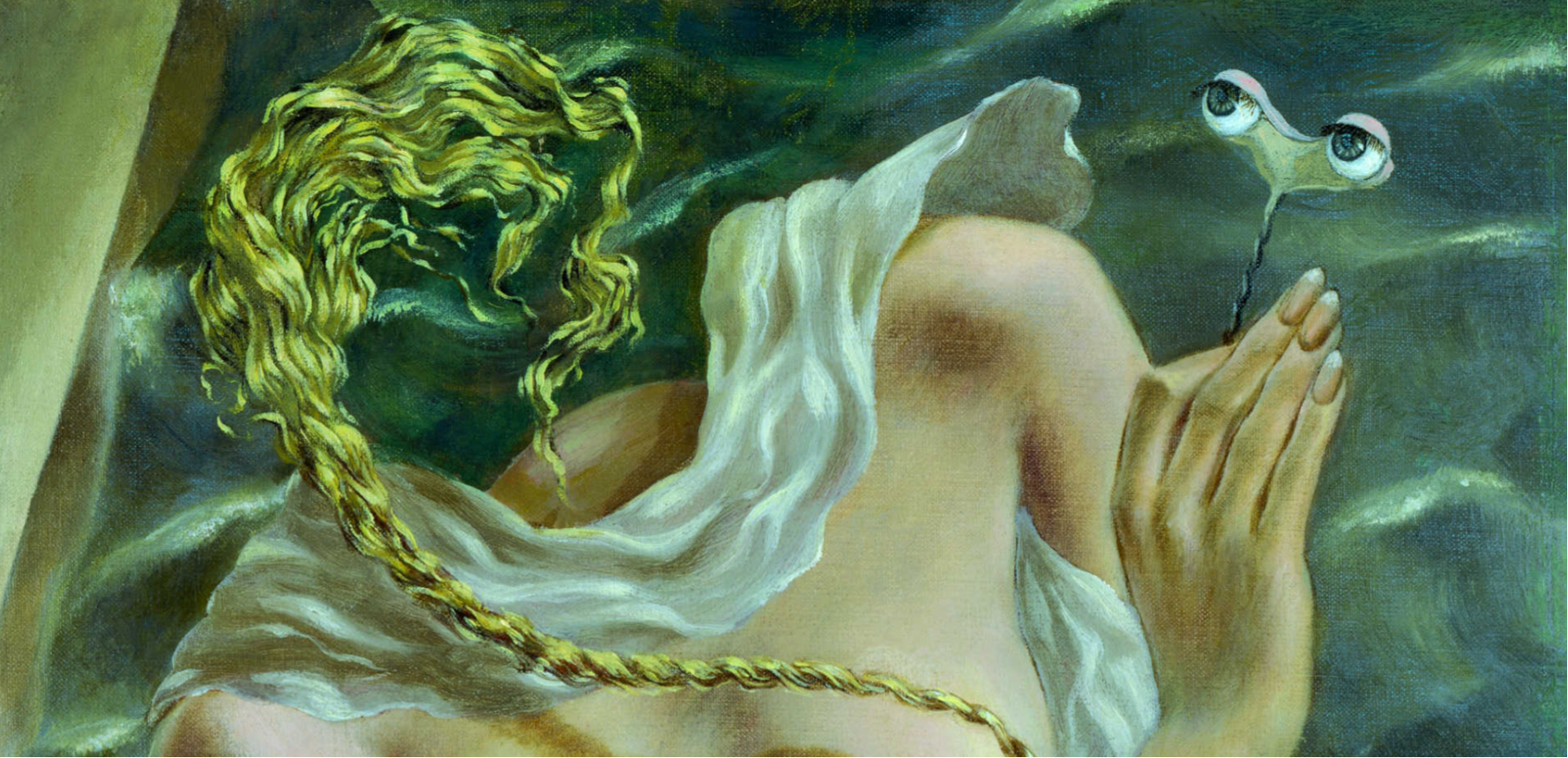
This study primarily traces the provenance of paintings and sculptures in the Pietsch collection, exploring the vast network of relationships among artists, dealers, and collectors involved in the early 20th-century Surrealist movement.
Marking the centenary of the Surrealist Manifesto (1924), this exhibition will shed new light on the complex web of this international art movement, depicting how the collection spread from the movement's birthplace in Paris to Brussels and other European cities, escaping the Nazi period and the devastation of World War II, and finally crossing the Atlantic to South America and the United States.
The exhibition not only reveals the diverse development trajectories of Surrealist art in the 1930s and 1940s, but also reveals how historical circumstances, interpersonal relationships and social networks contributed to the spread of this international movement.


